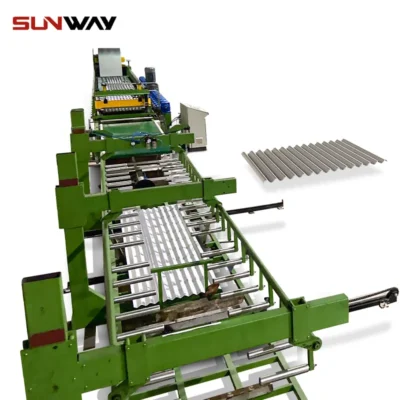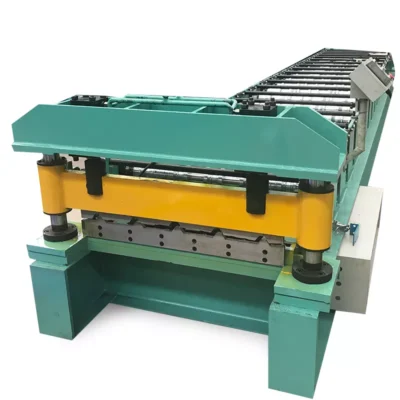चौड़ाई वाले कॉरुगेटेड शीट रोल फॉर्मिंग मशीनें 是现代制造业中的一种基本工具,用于生产不同宽度、长度和厚度的瓦楞板,广泛应用于各种领域。这些机器采用独特的制造工艺,将材料通过一系列辊子和模具逐步送入,形成所需的瓦楞形状。了解宽度瓦楞板辊成型机的工艺对于希望提升生产效率和盈利能力的企业的至关重要。本文将讨论辊成型工艺、不同类型的瓦楞板、影响工艺的因素、使用宽度瓦楞板辊成型机的优势,以及企业在使用这些机器时需考虑的安全事项。通过掌握宽度瓦楞板辊成型机的工艺,企业能够优化制造运营,生产出符合特定需求的高品质瓦楞板。
宽度瓦楞板辊成型机可生产的瓦楞板类型
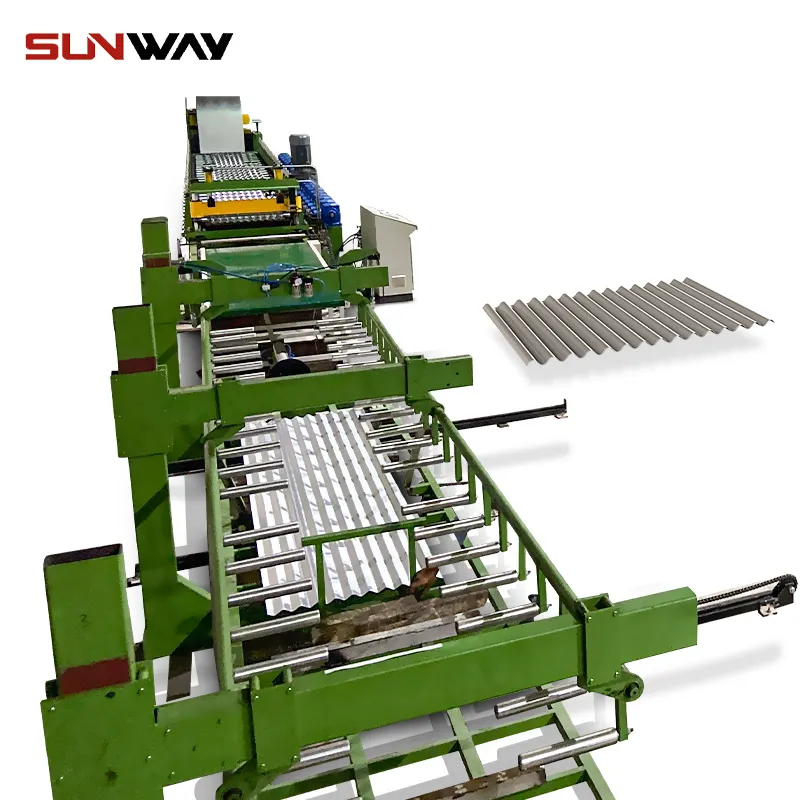
宽度瓦楞板辊成型机可生产具有各种型材和形状的不同类型瓦楞板。以下是一些使用这些机器可生产的常见瓦楞板类型:
- 正弦波型材:这是最常见的瓦楞板类型,以其曲线形状为特征。正弦波型材板材常用于屋顶和墙面板应用,以及汽车行业的车身面板。
- 梯形型材:梯形型材板材比正弦波型材更平直,具有平行侧边和平坦顶部。这些板材常用于屋顶和墙面板应用,因其出色的承重能力而在建筑行业广受欢迎。
- 箱型型材:箱型型材板材与梯形型材类似,但底部更平坦,顶部冠部更突出。这些板材常用于屋顶和墙面板应用,并适用于屋顶坡度较低的建筑。 屋顶坡度。
- 瓦片型材:瓦片型材板材的型材类似于传统屋瓦。这些板材常用于屋顶应用,因其美观性而在住宅和商业建筑中广受欢迎。
宽度瓦楞板辊成型机生产的瓦楞板类型取决于所使用的辊子和模具设计。瓦楞板的形状和型材可根据客户具体需求和要求进行定制。通过生产不同类型的瓦楞板,企业能够为不同行业和应用提供多样化解决方案,提升市场竞争力。
宽度瓦楞板辊成型机的辊成型工艺
宽度瓦楞板辊成型机采用的辊成型工艺是将平整金属板通过一系列辊子和模具逐步送入,逐渐塑形成瓦楞型材。以下是工艺各阶段的分解:
- 入口段:工艺从入口段开始,此时平整金属板被送入机器。通常使用电动或液压开卷机展开板材并送入机器。
- 成型段:板材进入机器后,通过一系列辊子和模具逐步塑形成所需的瓦楞型材。这些辊子和模具设计用于在板材通过机器时弯曲和塑形。随着板材在成型段的推进,它逐渐呈现出所需的瓦楞形状。
- 切断段:板材完全成型后,进入切断段,按所需长度切割。切断段通常配备飞剪或固定剪切,根据具体机器设计而定。
在整个工艺中,辊子和模具经过精确校准,确保材料准确一致地成型。辊子和模具可调整以生产不同型材和形状,满足特定应用需求。
除了辊子和模具外,其他机器部件如入口和出口导轨、齿轮箱和电动机协同工作,确保平稳高效运行。
影响宽度瓦楞板辊成型机工艺的因素
若干因素会影响宽度瓦楞板辊成型机工艺,企业需考虑这些因素以确保平稳高效的制造过程。以下是一些关键影响因素:
- 材料特性:所用材料的特性会显著影响辊成型工艺。材料厚度、强度、延展性和硬度等因素会影响最终产品质量。如果材料过厚或过硬,会对辊子和模具造成应力,导致磨损加剧,并可能影响机器整体性能。因此,选择适合特定应用的正确材料并确保其符合质量标准至关重要。
- 辊子和模具设计:辊子和模具的设计会影响最终产品质量以及机器整体性能。辊子直径、成型站数量以及辊子和模具材料等因素均会影响工艺。设计良好的辊子和模具组可确保一致精确的成型过程,生产高质量瓦楞板。
- 机器设置:成型速度、张力水平和压力设置等机器参数也会影响工艺。调整这些设置有助于优化制造过程,确保瓦楞板符合所需规格。
通过考虑这些因素,企业可优化宽度瓦楞板辊成型机工艺,提升最终产品质量。调整机器设置、使用合适材料并确保辊子和模具设计良好,均有助于实现高效高质量制造过程。定期监控工艺并进行必要调整,以确保一致性能和最佳结果至关重要。
宽度瓦楞板辊成型机的优势
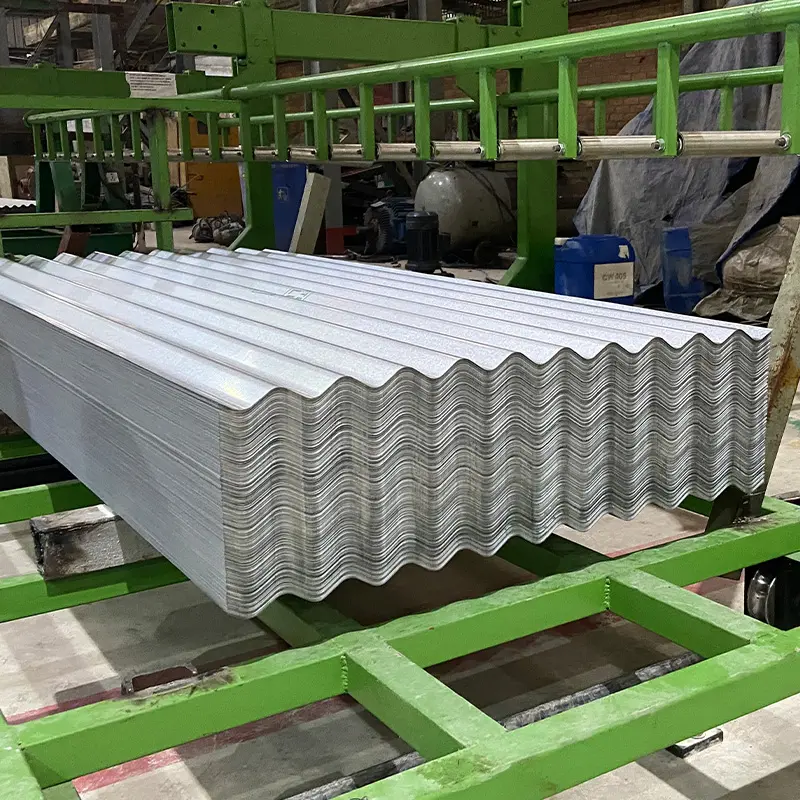
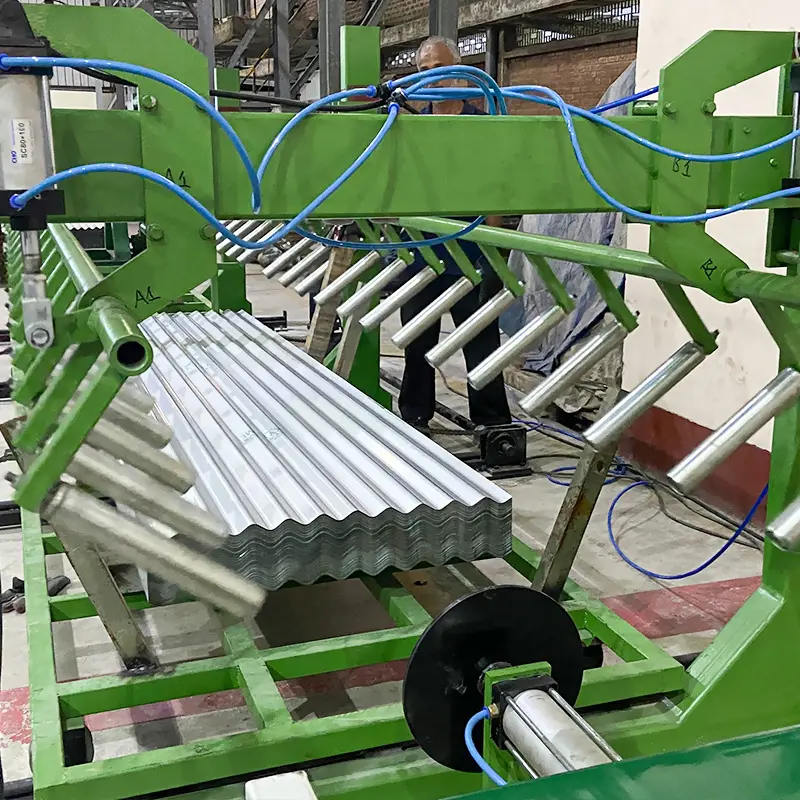
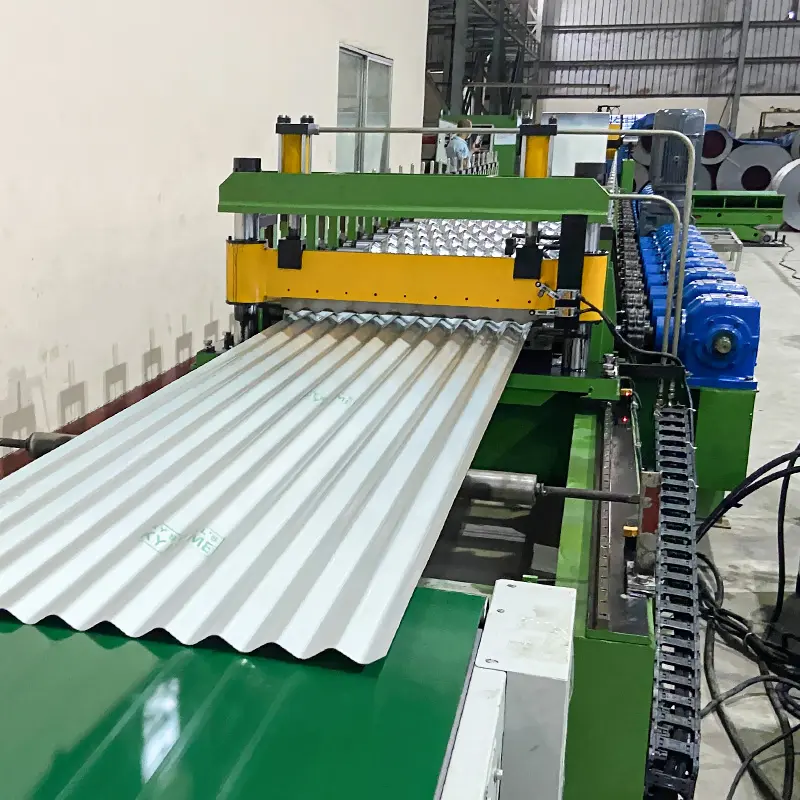
在制造中使用宽度瓦楞板辊成型机具有多项优势。以下是一些主要益处:
- 高生产速度:宽度瓦楞板辊成型机可高速生产瓦楞板,对于需要大量生产的企业而言是高效选择。这有助于企业提升整体生产效率和产量。
- 精密与准确:这些机器可高精度和高准确度生产瓦楞板,确保每块板材品质一致。这有助于维护最终产品质量并提升客户满意度。
- 定制与灵活性:宽度瓦楞板辊成型机可定制生产不同宽度、长度和厚度的瓦楞板,并支持自定义型材和形状。这种灵活性使企业能够满足客户特定需求,提升市场竞争力。
- 成本效益:辊成型是一种成本效益高的制造工艺,可比其他方法以更低成本生产高质量瓦楞板。这些机器的高速和高准确度还可降低劳动力成本并提升生产效率,从而增加盈利能力。
通过使用宽度瓦楞板辊成型机,企业可提升生产效率和盈利能力,同时向客户交付高质量产品。这些机器的优势有助于企业在市场中保持竞争力、满足客户需求并实现业务增长。
总之,宽度瓦楞板辊成型机是现代制造业的关键工具,用于生产不同宽度、长度和厚度的瓦楞板,适用于广泛应用。了解辊成型工艺、不同瓦楞板类型、影响因素以及使用这些机器的优势,有助于企业优化制造运营,生产符合特定需求的高品质瓦楞板。通过选择合适机器并调整工艺以优化生产效率和质量,企业可提升盈利能力、竞争力和客户满意度。

